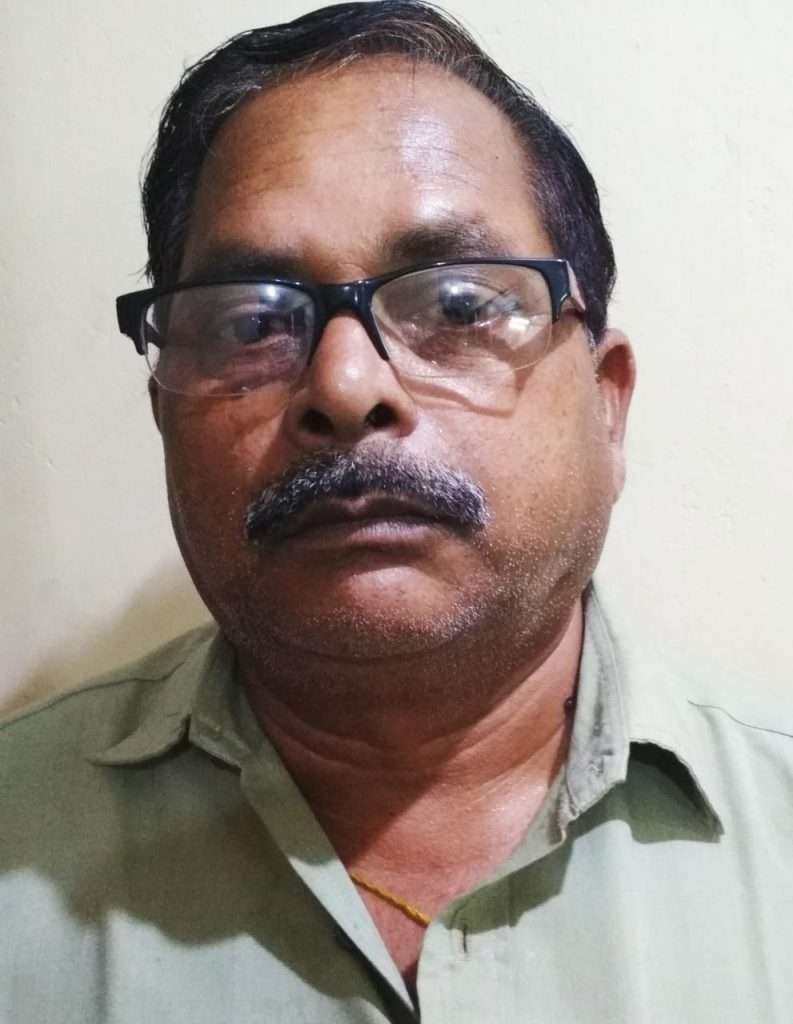Sangam literature is the earliest Tamil and South Indian Literature. In the early centuries of Christian era there developed a unique tamil literature compiled after different literary assemblies (Sangam). The Tamil tradition and legends link it to three literary getherings around madurai and Kapatapuram (Pandyan capital). The sangam literature has fallen into oblivion; but were preserved and rediscovered in the monasteries of Hinduism near kumbakonam by colonial era scholars in the late nineteenth century. The rediscovered Sangam collection is essentially Bardic. One most important text is Tolkapiyam, a Tamil grammar. Ettutto kai anthology (eight collections) pathapattu anthology (ten songs).. This collection contains 2381 poems in Tamil composed by 478 poets. Some are anonymous, Kapilar is the most prolific poet. These poems vary from 3 to 782 line long. The theme of Sangam poetry is love (Akam) and war (Puram). Some poems praise Lord Vishnu, Shiva, Durga and Murugan. A.K. Ramanujan has said regarding the significance of Sangam poetry as below-
“In their antiquity and contemporeniety there is not much else in any Indian literature equal to these quiet and dramatic Tamil poem. In their values and stances, they represent a mature classical poetry. Passion is balanced by courtesy, transparency by ironics and nuances of design, impersonality by vivid detail, austerity of line by richness of implication. These poems are not just the earliest evidence of the Tamil genius. The Tamils in all their 2000 years of literary effort, wrote nothing better. The Sangam literature also includes Buddhist and Jainist epics.
Sangam literally means – gathering, meeting fraternity, academy. Tamil tradition believes that the Sangam literature arose in distant antiquity over three periods, each stretching over many millennia. The first academy was located near Madurai. The second Sangam was near Kapatapuram The first and second Sangams were presided by Agastya, the legendary saint. In the seond Sangam, the great grammar came out – Tolkappyam. And this grammar guided the third Sangam Scholars.
Within the myth, there is a kernel of reality. Such an academy did exist in Madurai in the beginning of the Christian era. The homogeneity of prosody language and themes in these poems confirms that the Sangam literature was a community effort – a group poetry. The Sangam poets from diverse backgrounds- royal family, merchants farmers. Some poets were women. In the Sangam period indo Aryans and South Indian culture amalgamated and both sides had shared mythology, values and literary conventions.
The Sangam literature is the historic evidence of indigenous literary developments in south India in parallel to Sanskrit. The Sangam literature shaped the literary, academic, cultural and linguistic life of Ancient Tamilnadu. The Sangam poets were secular poets. Silappadikaram and Manimekalai are two important Sangam epics. Siloppadikaram sounds the note of a true tragedy. By the wrath of its heroine Kannagi the whole Madurai was burnt.
On the whole. Tamils were as ancient as Sanskrit literature. By Sangam, we see the Aryanisation of the South.
(The views expressed are the writer’s own.)

Radhakanta Seth is a former Income tax officer in Sambalpur. He is a freelance writer and his articles have been published in some Oriya dailies like Sambad, Samaj, Dharitri, and English dailies like The Telegraph and in a sociological journal ‘Folklore’ published in Kolkata.
He can be reached at [email protected]

